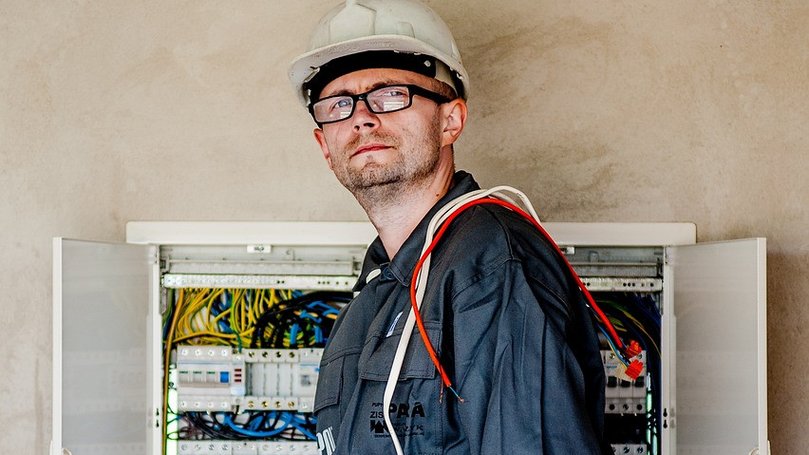Australia facing critical tradie issue as report predicts 100,000 electrician shortfall by 2050

Work must begin in the nation’s classrooms now for Australia to have enough tradies to support this century’s economy, experts warn.
A report released on Wednesday by the Centre for New Industry at the think tank Per Capita found Australia will require almost 100,000 additional skilled electrical workers by 2050.
But there are not enough rooms or trainers to train the electrical workforce of the future, with education centres at capacity and unprecedented labour shortages.
Sign up to The Nightly's newsletters.
Get the first look at the digital newspaper, curated daily stories and breaking headlines delivered to your inbox.
By continuing you agree to our Terms and Privacy Policy.The forecast shortfall threatens basic energy security and jeopardises Australia’s climate commitments, according to the Charged Up report commissioned by the Electrical Trades Union (ETU).
“We’re not doing a terrible job, we have 170,000 electricians currently, we have a skilled workforce,” ETU national secretary Michael Wright said.
But Australia was not prepared for electrification and the net-zero build along with demand for more housing and defence programs, he told AAP.
“This is not business as usual. This is not just a step change, this is a generational shift,” Mr Wright said.
The federal government’s $22.7 billion Future Made in Australia plan also depends on more electricians, but apprentices are already waiting 18 months to get into a classroom.
Meanwhile, there is “burn and churn” in the renewable energy sector with big energy firms failing to invest in apprentices,” he said.
“We see particularly solar taking more than it gives in terms of training ... mass employment of backpackers who are there for a good time not a long time.”
Expanding the production of renewable energy beyond domestic requirements will require an additional 42,500 electricians this decade.
But almost half of Australia’s electrical apprentices already fail to finish their training because of low wages, lack of mentoring, and bullying at toxic workplaces, the report found.
“Ordering workers is not the same as ordering solar panels ... it requires that human dimension,” Mr Wright said.
Young women in particular need safer workplaces, including protective equipment that fits and separate toilets with sanitary bins.
It was a “disgrace” that women only make up two per cent of qualified trade workers, he said.
Nor can the country rely on immigration alone, he said, as every advanced economy will be chasing skilled workers to install clean energy, battery supply chains and other advanced technologies.
Per Capita head Emma Dawson said workforce readiness was a critical but neglected part of the energy transition.
“Australia can become a renewable energy superpower, but we need the workforce to deliver it,” she said.
The report recommended an urgent response, including a requirement that projects getting taxpayer funding put on apprentices and benefit local communities.
A new role of the Clean Energy Jobs Commissioner could make sure the clean energy transition creates secure, well-paid jobs by working with industry, unions and governments.
Renewable energy professionals were urged to get into classrooms to pass on crucial skills, along with more investment in TAFEs and industry-led programs.
Otherwise, the regions, people entering the workforce and existing workers could miss out as other nations prosper.
